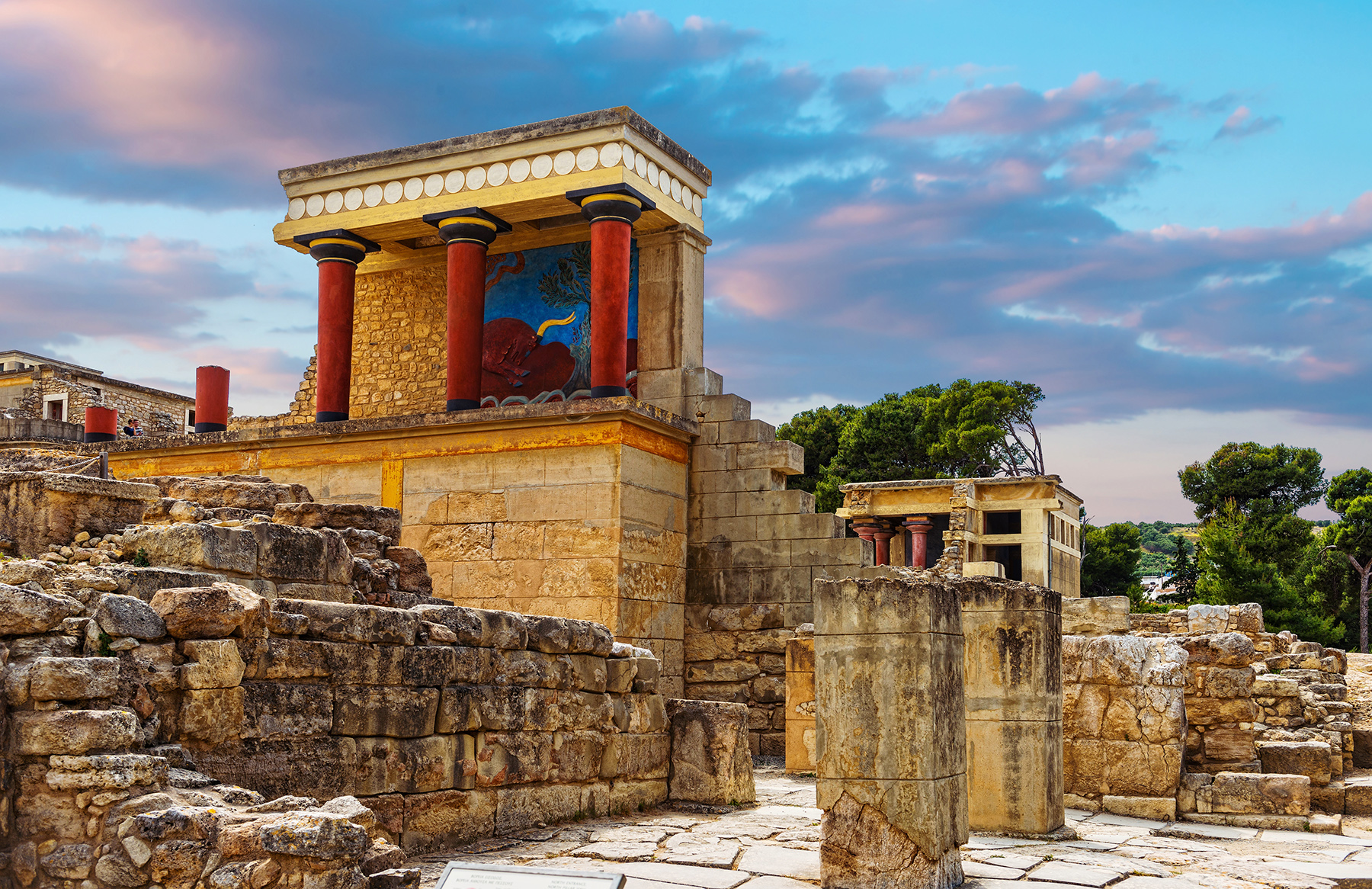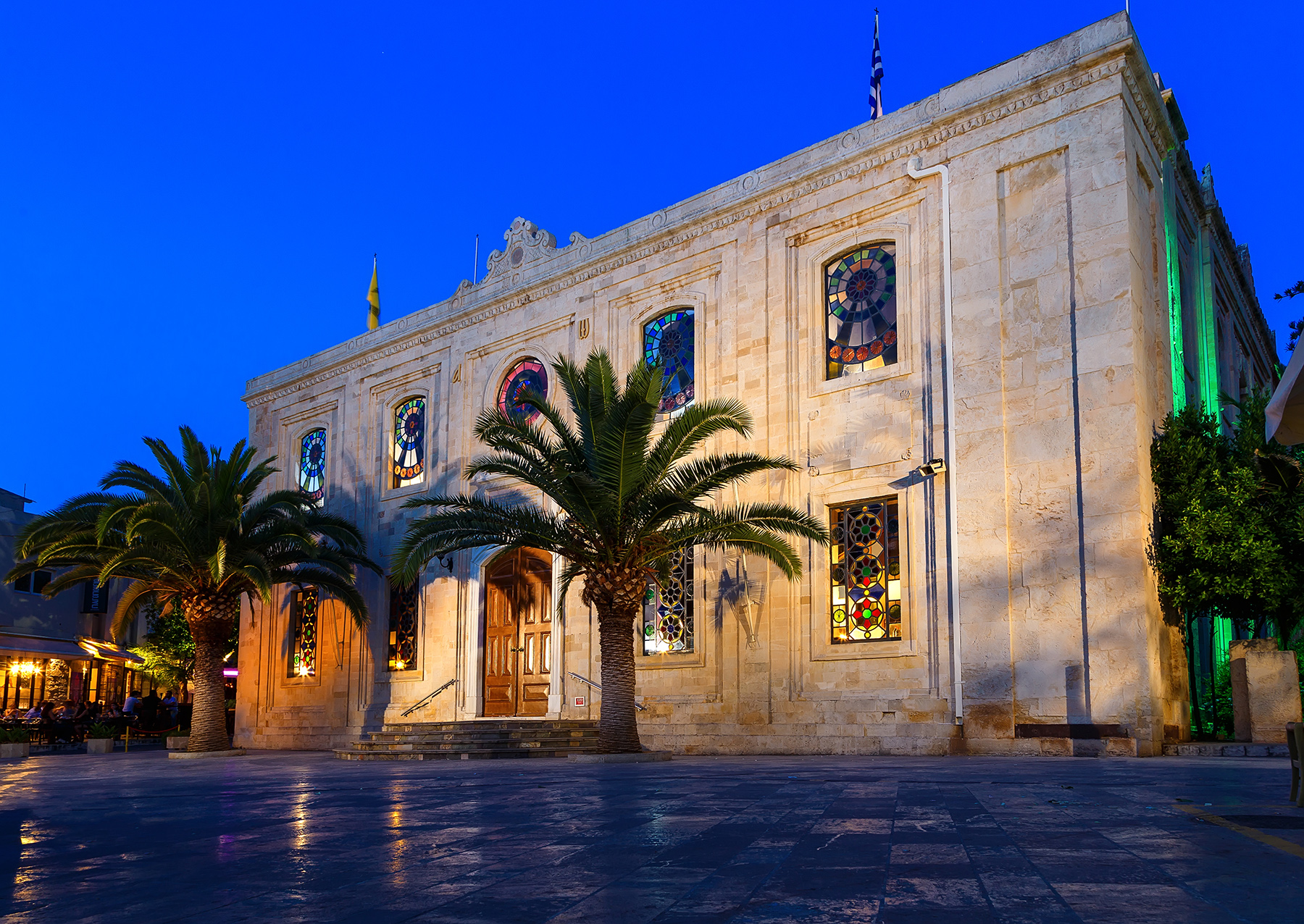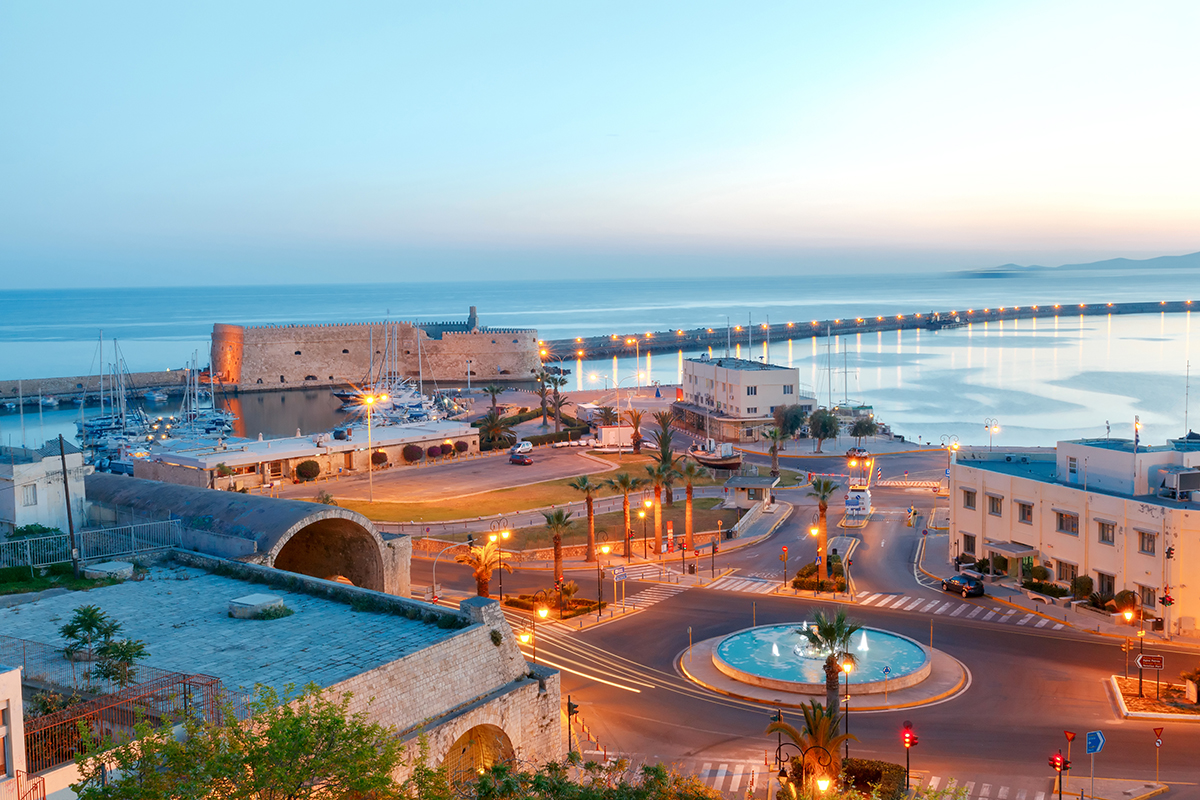The capital of Crete, Heraklion (Iraklion) is in the center of everything Cretan, and the site of some of Greece and the world’s most stunning touristic attractions. A port and social hub since ancient times, today the city is home to more than 300,000 people. The fourth largest city in all of Greece, Heraklion was once the port of the famous Minoan Palace at Knossos. While enjoying the cosmopolitan vibes, visitors will experience the influence of the Minoans, Romans, Venetians, and Ottomans too. The following five attractions are absolute “must-see” in Heraklion.
Where Else But in the “Old Town?”
Named for the Greek hero Hercules, this city by the Cretan Sea is centered around the harbor. All visitors to Heraklion visit the city’s most prominent and memorable landmark, the fortress Koules, which was built in the 16th-century by the Venetians. Here you’ll get a taste of Cretan history along with magnificent views of the sea, the mountains, and the promenade where countless tavernas and seafood restaurants line the shore. The Old Town is inside a line of massive defensive walls built by the Venetian occupiers to protect the city. Some of these ramparts are still intact even today, along with pedestrian streets connecting unbelievable churches, aristocrat homes, shops and boutiques, and a sea of chic cafes, squares, and fountains.
Palace of Knossos

Knossos Minoan Palace
Greece’s biggest and best-preserved Minoan site, the legendary Palace at Knossos, lies just 5 km southeast of the city. The seat of the Bronze Age Minoan Civilization, Knossos was excavated by the now legendary Sir Arthur Evans in the first part of the 20th-century. A vast and beautiful stronghold, Knossos has four wings built around a spacious central courtyard. The citadel is believed to have been the place where the myths of the Labyrinth and of King Minos and the Minotaur were centered. Visitors to this peaceful and epic site experience what it must have been like in that advanced civilization of over 4,000 years ago. You’ll walk where grand processions were once held, see ceremonial spaces, living areas, storage rooms, and elaborate decorations of unique beauty. When the other people of Europe were still hunting and gathering, the Palace at Knossos had running water, and its paved roads connected Knossos with other city centers far distant on the island. You can venture on your own or take a guided tour.
The Historical Museum of Crete
Crete’s history is both complicated and astounding. At this museum, visitors will find over 1,700 years of history of Crete from early Christian times until the modern era. Permanent exhibition items include religious icons, stone carvings, ceramics, textiles, and folk costumes from the Byzantine, Venetian, and Turkish periods. You’ll also find touching remembrances of the epic Cretan Resistance Movement dedicated to those who gave their lives during WWII. The exhibits are extraordinary for anyone interested in the history of the island after the Minoan times. You can also take it easy and rest from other sightseeing endeavors in the peaceful garden café. The museum is in a restored mansion 10-minutes west of the harbor and marina.
Saint Titos Church

Saint Titos church
The iconic church sits in the middle of the pedestrian zone of Heraklion right on 25th Avgoustou Street. One of Heraklion’s most important landmarks, the church dates to AD 961 when Nikiforos Fokas drove the Arabs out of Crete to bring back the ways of the Byzantine Empire to the island. The Church of Agios Titos is a monument to the reawakening of Orthodox Christianity on Crete. In front of the church, you will find the Agios Titos Square, which is virtually encircled by cafes, bars, coffee shops, and boutiques.
The Natural History Museum of Crete
Located just down the promenade from the Crete History Museum, the Natural History Museum of Crete is a favorite of local school kids and visiting families with children. Situated inside what was a power plant, the museum studies, exhibits, and promotes the flora and fauna of the Eastern Mediterranean region. Here you will find all kinds of displays, ranging from an earthquake simulator to giant dinosaurs, paleontology-themed interactives, multimedia, and much more. Kids love this museum for getting to know up close and personal the natural wonders of Crete and the region. Look out for the gigantic Argentinosaurus and Tyrannosaurus that guard the entrance.
